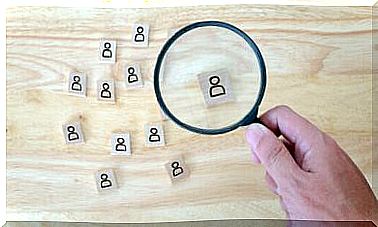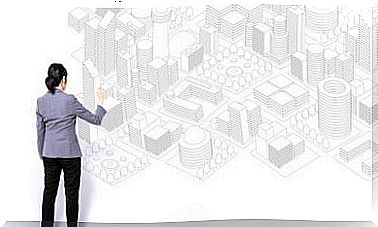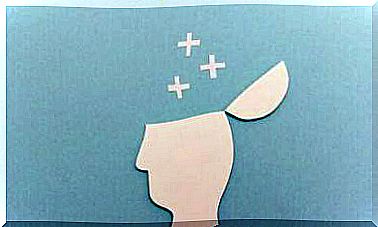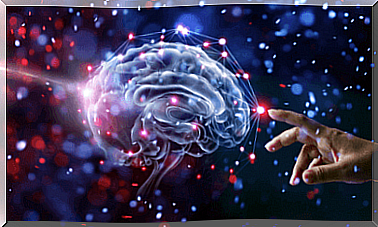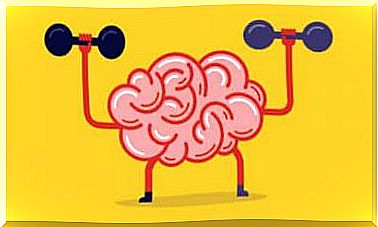Neomachism: 5 Tips To Identify It

Despite the continuous changes we are witnessing in our society, machismo continues to be an attitude and a way of thinking that is well-established in different cultures and societies. There are still prejudices and beliefs that lead to the underestimation of women. In fact, some of them appear disguised with a certain subtlety, and usually belong to neo-machists. After all, what does neomachism consist of?
In Western societies, explicit and more traditional machismo gradually disappeared over the years. However, a remnant of it is still present in those people who continue to defend the values that keep women inferior to men and who, in addition, try to camouflage this.
Her arguments are very subtle, but they are still based on the mistaken idea that being a woman implies having less value as a person. Let’s delve into this topic.
What are the characteristics of neomachism?
As we mentioned before, neo-machistas are those people who believe in the inferiority of women. In this way, they reproduce, to a greater or lesser degree, the classic ideas of machismo, however reformulated and with less intensity. In fact, these ideas can also be expressed by some women.
Even so, neo-machism is not based on a blind hatred against women, as happens in misogyny, but on the belief that being a woman means having less value, less rights, and less possibilities for personal and professional development.
Next, we’ll explain some characteristics of neo-macho people.

1. Comprehensive conduct
Neomachism can be visibly expressed through an advantageous treatment of women. This treatment is based on the belief that women have a lower understanding and intelligence and, for that reason, we should address them in a much simpler and superficial way.
Furthermore, neo-machists also think that they are little responsible for their decisions and their lives in general.
2. Importance of traditional values
Neo-machistas do not express, nor do they explicitly defend, the superiority of men over women, but they show a certain nostalgia for the more traditional values that stood out in macho societies and cultures.
An example of this would be the claim of a woman who only lives for her husband, without being able to enjoy any kind of freedom or individuality.
3. Comments on women’s physiques
This type of profile shows a tendency to make repetitive comments about women’s physical appearance.
This behavior is due to the fact that, in neomachism, the appearance of women is of great importance, as it is considered a fundamental factor for them, especially in everything related to their reproductive value.
4. Constant references to the reproductive function of women
Another common behavior of neo-machistas is the fact that they make regular references to the reproductive role of women, as if this were one of the main goals in their lives. The basis of this thought is the fact that, in traditional societies, the role of women was limited to the domestic sphere and the raising of children, while men were responsible for the authoritarian aspects and life in society.
Thus, neo-machistas defend that the figure of men cannot be reduced to just one attribute, while women can be valued solely for their bodies and for their direct relationship with reproduction. However, this is all expressed in a very subtle way.
5. Criticism of female leadership
For neo-machists, having women in high positions or in a position of power is seen as something negative. That’s because leadership gifts don’t fit with the more traditional female ideal. Therefore, people who lean towards neo-machism show a great reproach with the mistakes made by women above them, in any kind of hierarchy.

As we can see, despite the initiatives to promote equality between men and women, there are still remnants to be dealt with, myths to be eliminated and rigid minds to fight.
Although this list is only a brief introduction to neomachism and those who practice it, we must not forget that there are many other characteristics that can define them and that, in addition, it is important to consider the context in which the person is inserted.
